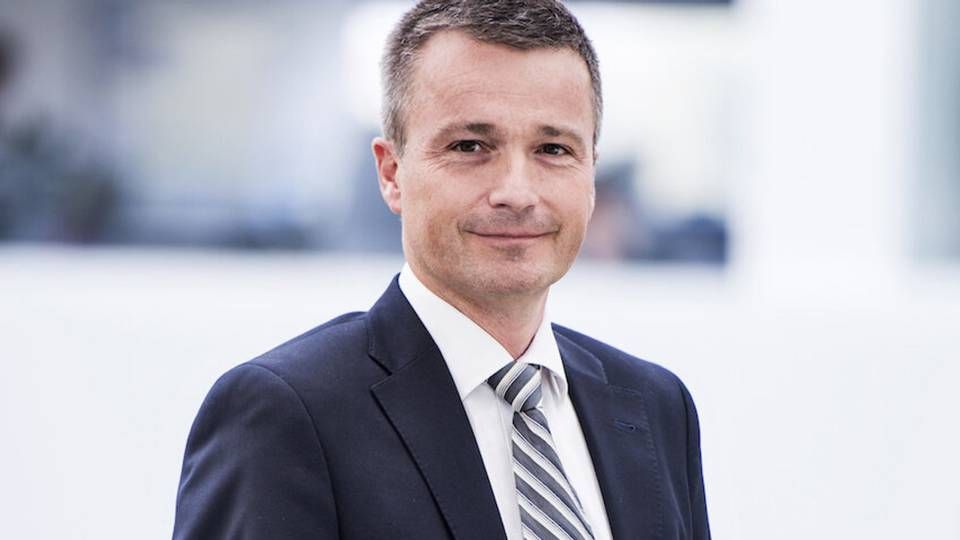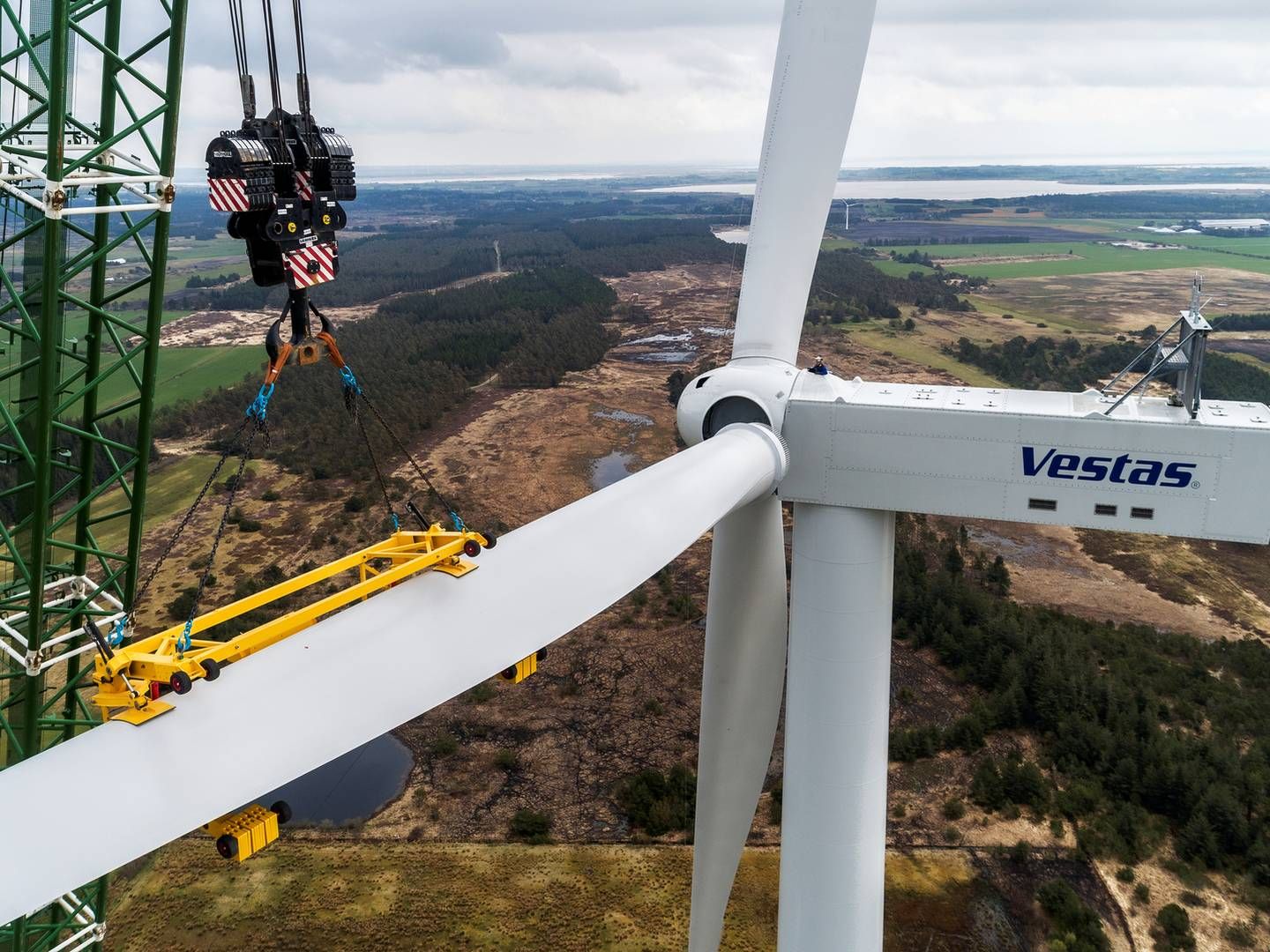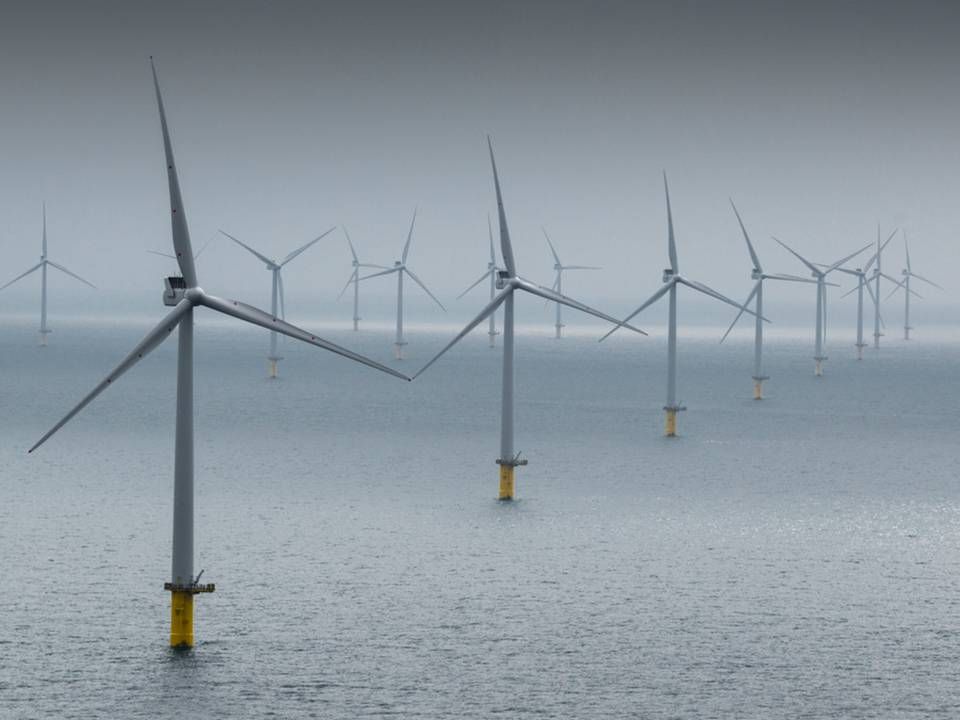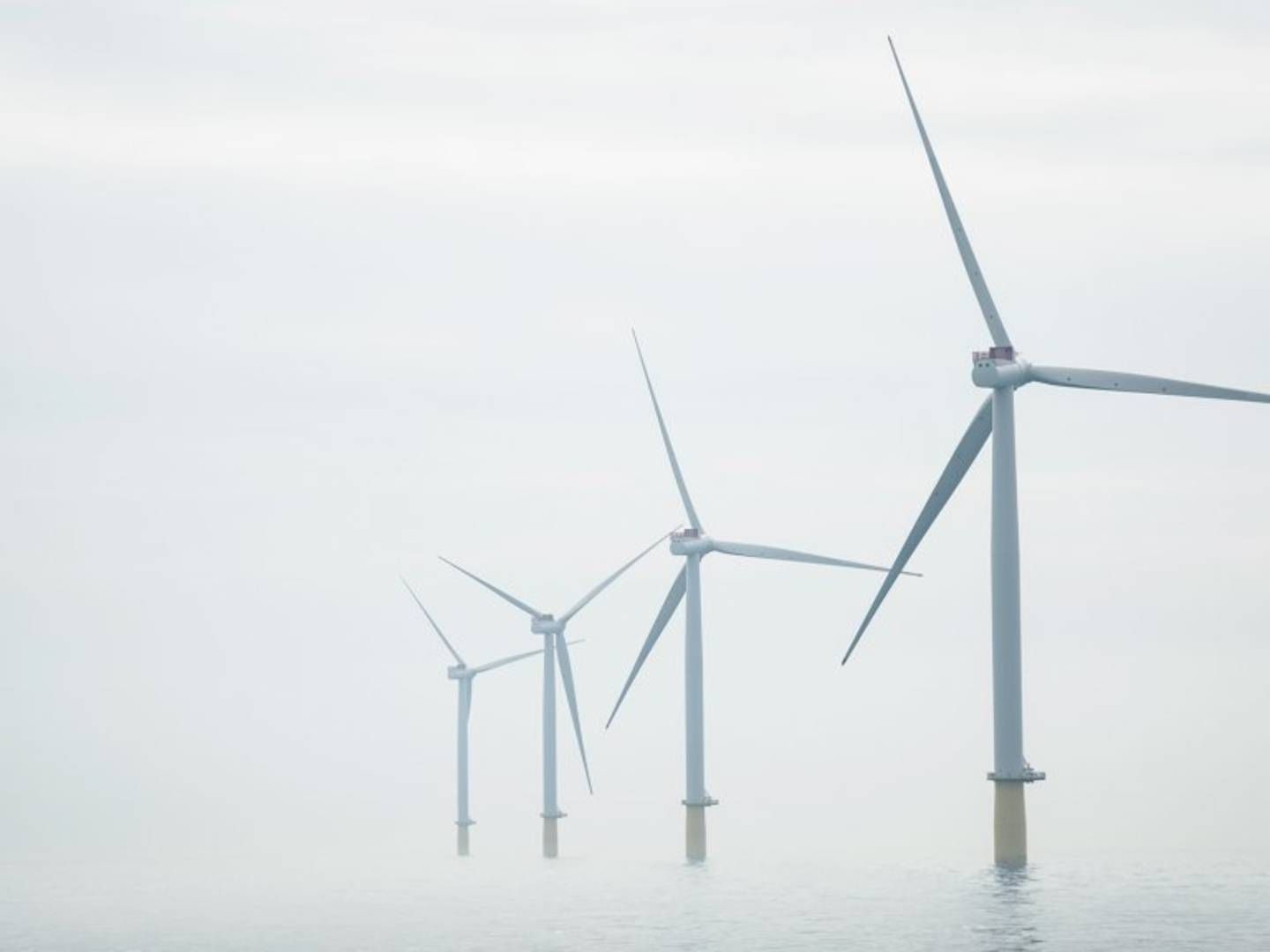"Only digitalizing can solve surplus generation challenge"

Picture Denmark's situation in 2027, with more green energy transmitted through the national grid than ever before.
According to the Danish Energy Agency's basis projection, that year will be the first to feature more than 100 percent of domestic electricity usage covered by renewable energy sources. Three years later, the figure comes to 111 percent. In 2018 the percentage was 62.
Even though it might seem tempting the get out the confetti, this is not necessarily something to celebrate. With export cables at at full transmission capacity, such enormous generation could become a burden on the network, leaving only one course of action: first turning off a few wind turbines, then a few more – only to finally shut down an entire offshore wind farm such as Kriegers Flak, all while the wind blows unutilized past stagnant machines in order to spare the grid.
This would be counterproductive for the green energy transition and require the country to start preparations immediately, says Siemens Denmark Chief Executive Claus Møller.
"If we end up with too much unusable renewable energy in Denmark, it will be because we failed to integrate sectors and ensure sufficient utilization in the form of water heating, heat pumps for district heating, conversion of gas, ammonia or hydrogen. So, of course, we have a challenge. It's about being able to shut down elements in our electrical grid without needing to turn off wind turbines," he says.
According to Møller, further concrete examples of such integration could be energy-intensive heat pumps that consume power in the evenings and shut down in the morning when general power usages rises. Other instances could be the country's planned 'energy islands' or the large forthcoming PtX plant southeast of Copenhagen.
"But these are just single examples. Overall, it can be said that we'll only solve the future challenge with surplus renewable energy generation in the system if we digitalize and integrate the system, using algorithms that set criteria for what should be activated or deactivated, at which times this occurs as well as figuring out what to compensate," he says.
Dread scenario from across the North Sea
The last time Møller was in the UK, he almost got a heat blister after laying his hand on a radiator.
Anyone having spent time in rainy London has learned the hard way that, to dry a damp coat without setting fire to the whole building, wet clothing must be placed in front of a radiator and not directly upon it.
British radiators are namely notoriously hot relative to Denmark's, as the UK has not adequately incentivized insulating structures relative to the Scandinavian country.
"Traditionally, there have been very low levies on heat. This means buildings haven't been properly insulated nor have they been fitted with [energy-optimized] windows, as the energy savings doesn't offset investment costs. In Denmark, on the other hand, we've had high surcharges, which have ensured that buildings have a high degree of passive insulation and better ventilation, as it's been easier to recoup expenses," Møller says and ties the bow on the connection between scolding radiators and deactivated wind turbines:
"We must retain that mindset by using incentives to expedite variable energy consumption that's adjusted to an energy system which is mainly electrified and powered by renewables."
Accelerating the shift to a more flexible electrical system also serves as an incentive for the domestic sector's latest, upgraded tariff model, with the tariff comprising a lesser or greater part of the power price, dependent on when consumption takes place.
Expedited by TSO
Specifically, the CEO identifies two particular aspects of the future energy system which can ensure that increased generation from renewables doesn't become problem.
One is large heat pumps, and the other pertains buildings in form of what are called virtual power plants.
Virtual power plants are essentially a structure with a larger electricity usage such as hospitals or shopping malls equipped with large batteries and connected to the grid. Such sites may also produce their own power through, for instance, solar panels.
Algorithms can manage battery charging when the price is low and sell surplus energy when the price is high.
"All of this must be integrated in the electricity market, so users can, for example, run on batteries during peak loads during morning or evening hours and then recharge when there's an energy surplus or the price is especially low. I expect this will be expedited, and that's also what I'm hearing from Energinet [Danish transmission system operator, -ed.]: how to expedite variable electricity usage," Møller says.
Load balance
The technologies Møller mentions fall under the category Grid Edge, which means a more decentralized and intelligent network, where energy consumers and generators come to overlap more than is the case at present.
None of this has yet broken completely through in the Nordics, even though Siemens has already installed virtual power plants at Finnish shopping mall Sello and Sweden's ditto, Väla.
Investments in smart batteries can also impact power bills, as these shopping centers are now able to store energy when its cheap – but it's also an income source.
In the last half year, Sello has used its batteries to supply firm frequency response (FFR) services to Finnish TSO Fingrid.
Møller declines to set concrete figures on such income from virtual power plants, but he underscores that, looking forward, these will constitute a substantial part of the incentive to invest in Grid Edge technologies.
"Now I will not reveal business secrets, but I can say that balance and reserve services are items we speak a lot about with system operators and investors, because we see larger building spaces such as shopping malls and multilevel structures as a part of the future grid," he says.
For instance, through a Nordic partnership Energinet has made it possible for external players to offer FFR services. Today, these primarily consist of gas-fired generators, but a greener solution would involve batteries charged with renewable energy.
The smart network
The Siemens Denmark CEO says it's not just about money but is also a question of optimal electricity use, allowing each kWh and megajoule of renewable power to offset the maximum volume of fossil energy.
"I believe that if we succeed in getting buildings to communicate about their consumption of electricity and heat and are able to carry out internal swaps, then it will be possible to automatically turn things on and off, so it will be an autopoetic part of the green energy transition, because there's such large energy volumes in play," Møller says.
Denmark is no where near that far yet, and the implementation of smart grid technologies is practically still prenatal. This, however, is not something that keeps Møller awake at night.
"I certainly think an offtaker market for these technologies will emerge," he says and points out that there's still plenty of time ahead of 2027.
English Edit: Daniel Frank Christensen
Criticized EU climate deal opens news doors for Danish energy sector
Startup's underground energy storage pilot project gets funding
Nordic partnership accelerates 500 MW project
E-fuel plant marks next step in Danish PtX efforts
Danish energy islands to raise offshore wind price by EUR 1bn
Related articles
Nordic partnership accelerates 500 MW project
For subscribers





















.jpg&w=384&q=75)



